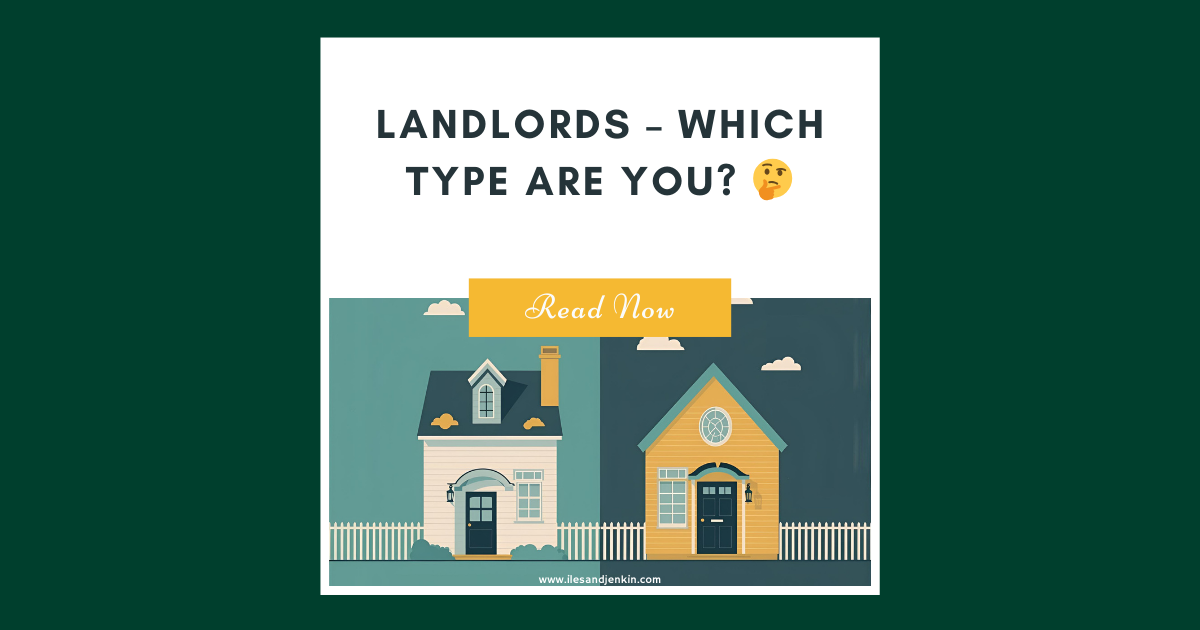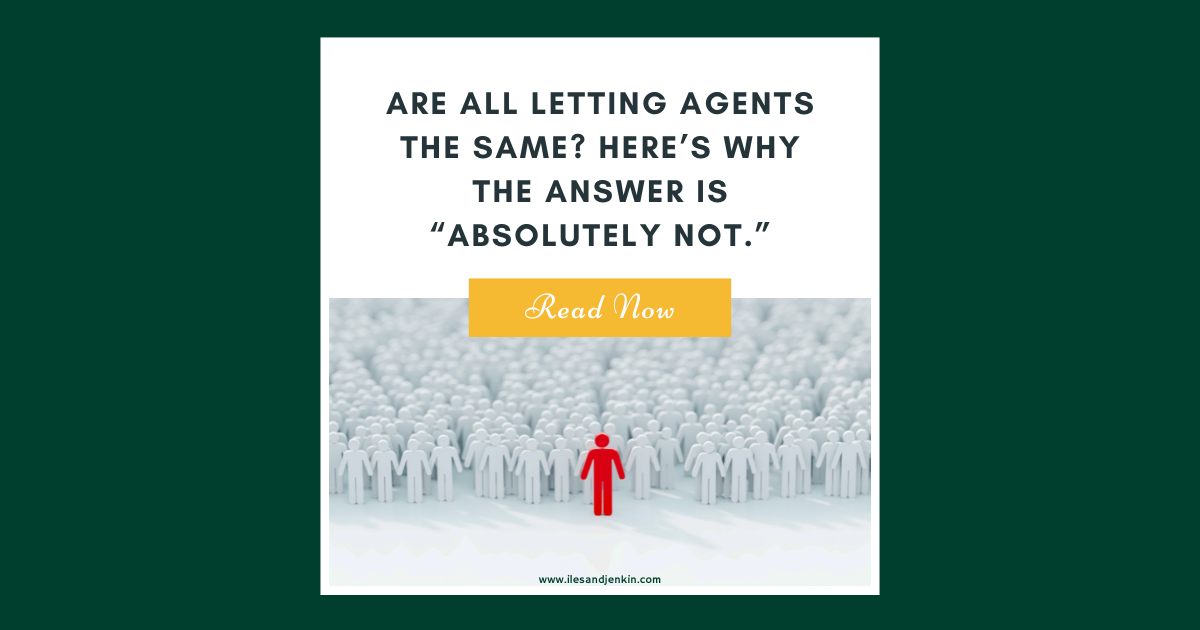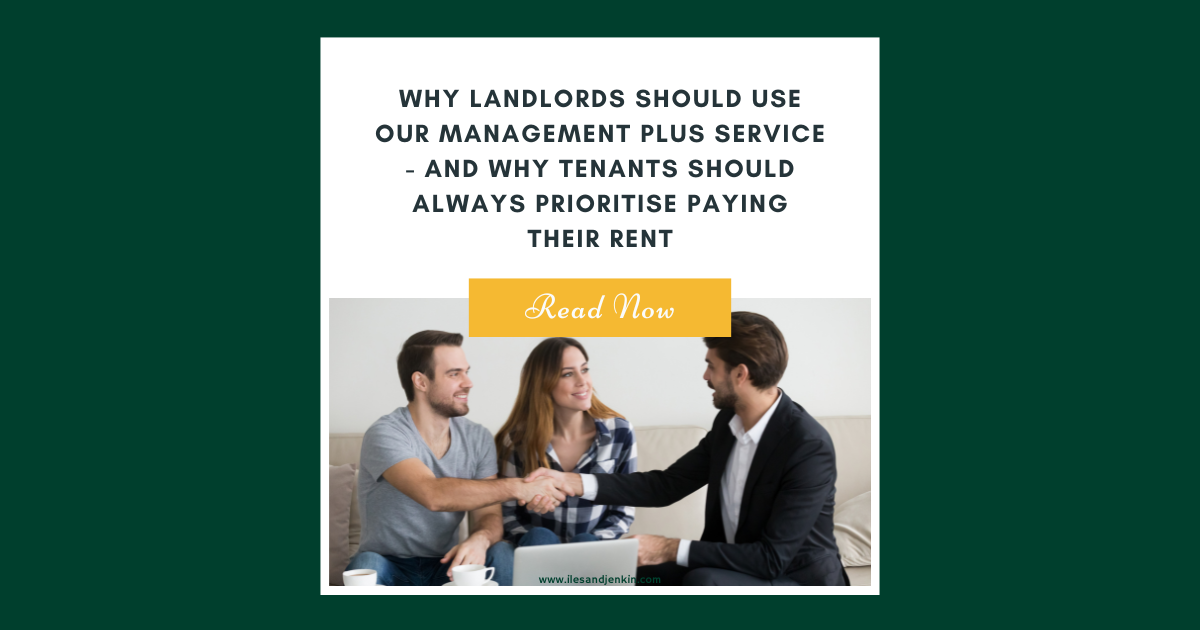Which Type of Landlord Are You?
When it comes to being a landlord, there’s no single “right” way to manage your property. Every landlord has their own approach, shaped by budget, experience and priorities. But over the years, I’ve noticed that most fall into two broad categories:
The Investor Landlord - who invests upfront in quality, planned maintenance, and long-term value.
The Budget Conscious Landlord - who keeps spending to a minimum, focuses on maximising short-term profits and only repairs things once they break (rather than planned renewal)
Both approaches are valid - provided the property is kept legally compliant and safe for tenants. But the big question is: Which type are you, and is one better than the other?
Type 1: The Investor Landlord
This landlord sees property as a long-term investment. They spend a healthy budget on initial refurbishment, choose higher-quality products and stick to a regular maintenance schedule (like redecorating every 3–5 years).
Pros of the Investor Landlord approach:
Adds long-term value to the property.
Attracts higher-quality tenants.
Achieves higher rents.
Shorter void periods - properties let faster when well presented.
Quality fixtures and finishes last longer, reducing the need for constant repairs.
Tenants tend to stay longer, reducing turnover and re-letting fees.
Cons of the Investor Landlord approach:
Higher upfront and ongoing costs.
Profits may look slimmer in the short term.
When things do break, replacements can be more expensive.
Type 2: The Budget Conscious Landlord
This landlord keeps costs down wherever possible. They’ll go for budget fixtures, make repairs only when something breaks, and aim to squeeze maximum profit from the property month to month.
Pros of the Budget Conscious Landlord approach:
Lower upfront spend.
Cheaper to repair and replace items.
Can generate higher short-term profits if rent is steady.
Cons of the Budget Conscious Landlord approach:
Won’t achieve maximum rental values.
Properties may take longer to let if they look tired or dated.
More ongoing repairs as cheaper products wear out faster.
Higher tenant turnover, leading to more letting fees and longer voids.
May attract tenants less invested in looking after the property.
So, Which Landlord Are You?
The truth is, neither type is “wrong.” As long as you keep your property compliant with current regulations and provide a safe home, both approaches can work.
But here’s what I often tell landlords on valuations: “The quality of your input determines the quality of your outcome.” In my experience, meeting hundreds of landlords, those who take the Investor Landlord approach often have the easier lives. Their properties rent more quickly, tenants stay longer, and maintenance headaches are fewer.
That said, it comes down to your goals and personal circumstance. Are you looking for long-term growth and stability, or short-term savings and higher immediate profits?
Final Thought
Whichever type you are today, it’s worth asking yourself: is this approach really working for me?
If you find yourself constantly juggling repairs, struggling with voids, or replacing tenants every year, maybe it’s time to shift closer to the Investor Landlord model.
Because at the end of the day, your rental property isn’t just a roof over someone’s head - it’s one of your most valuable assets. And like any asset, it performs best when it’s looked after properly.
If you found this helpful and would like to discuss this further, please call or email and I'd be happy to set up a call/meeting to see how we can help.
Phone - 01934 512537
Email - lettings@ilesandjenkin.com



 By
By 
 posted by
posted by 


Share this with
Email
Facebook
Messenger
Twitter
Pinterest
LinkedIn
Copy this link